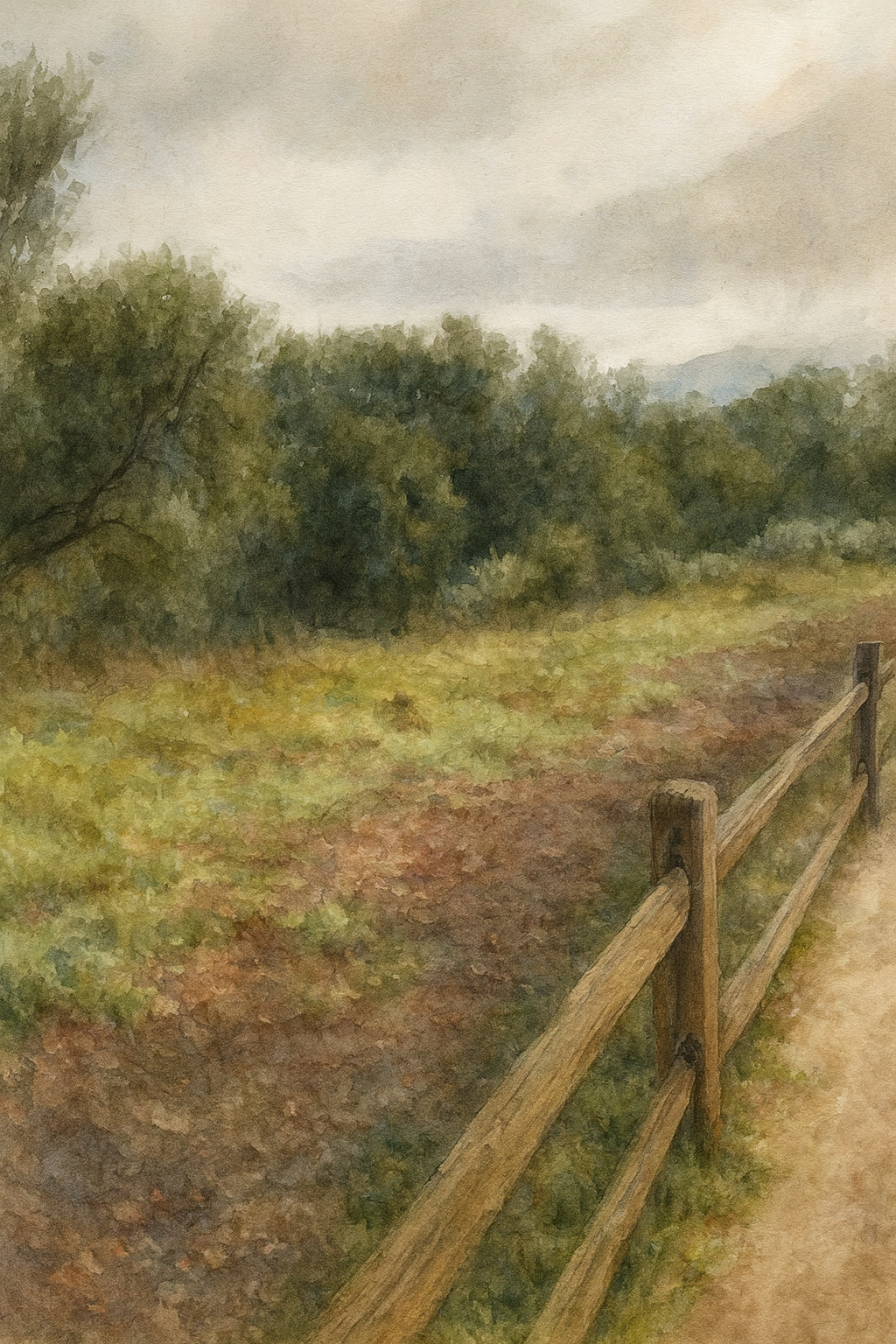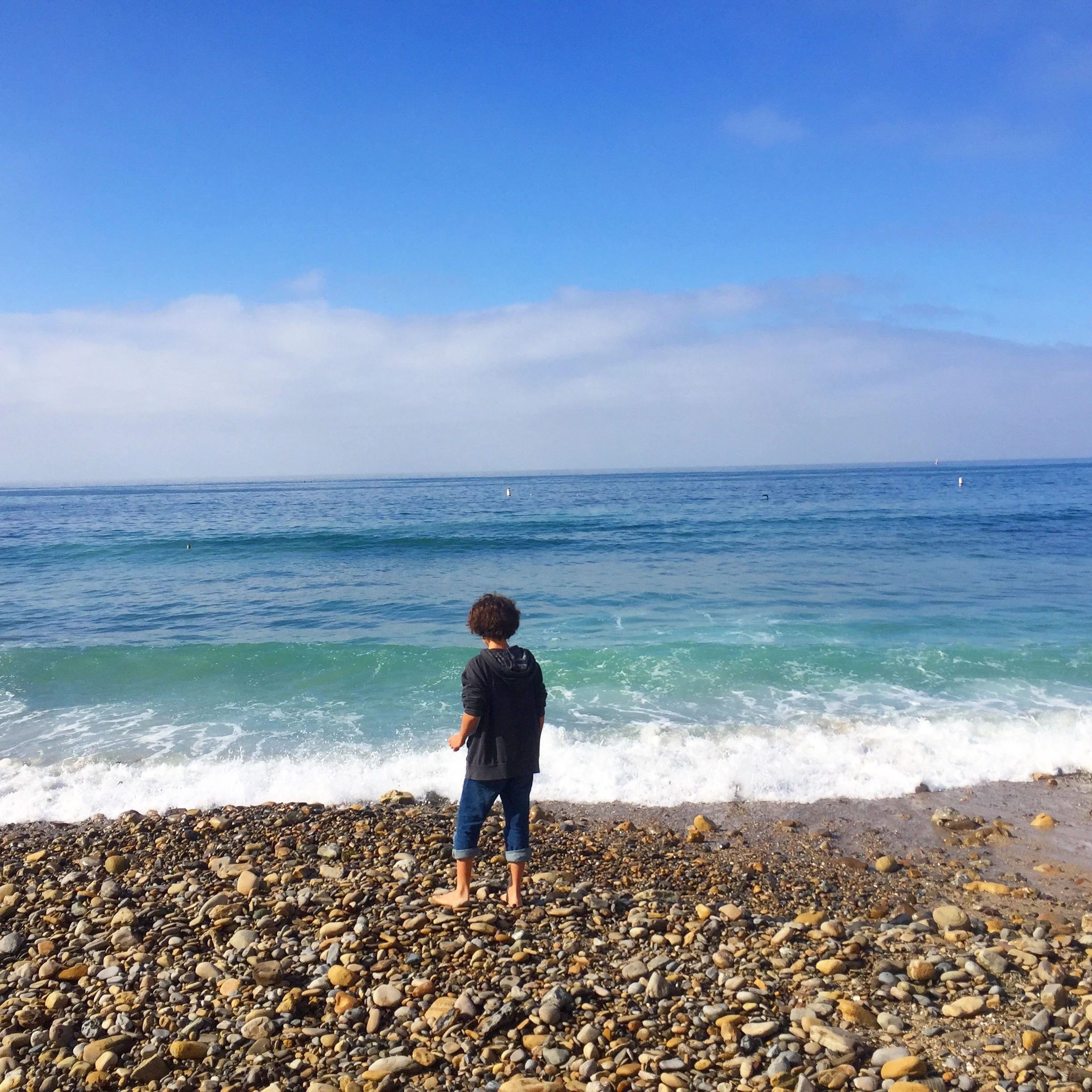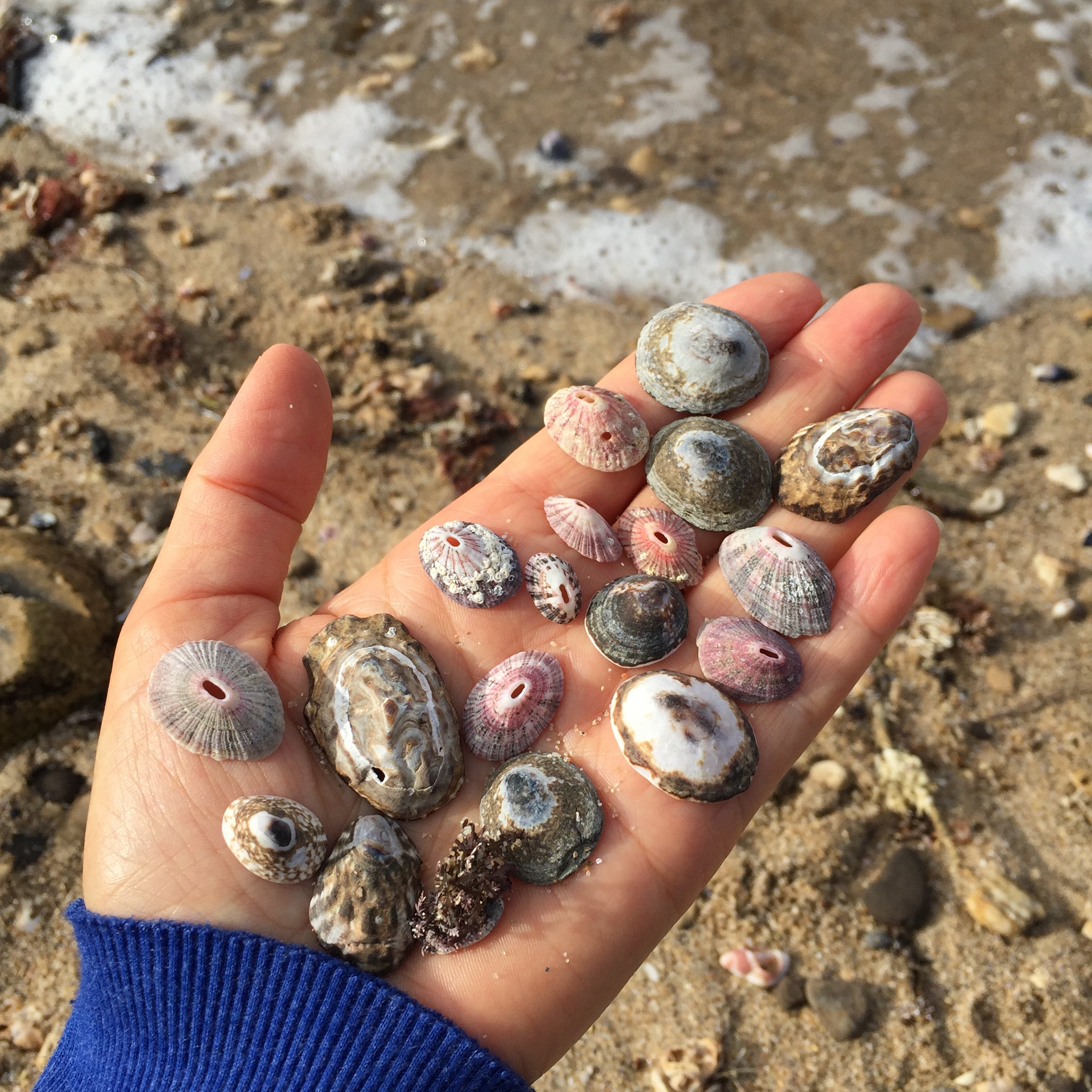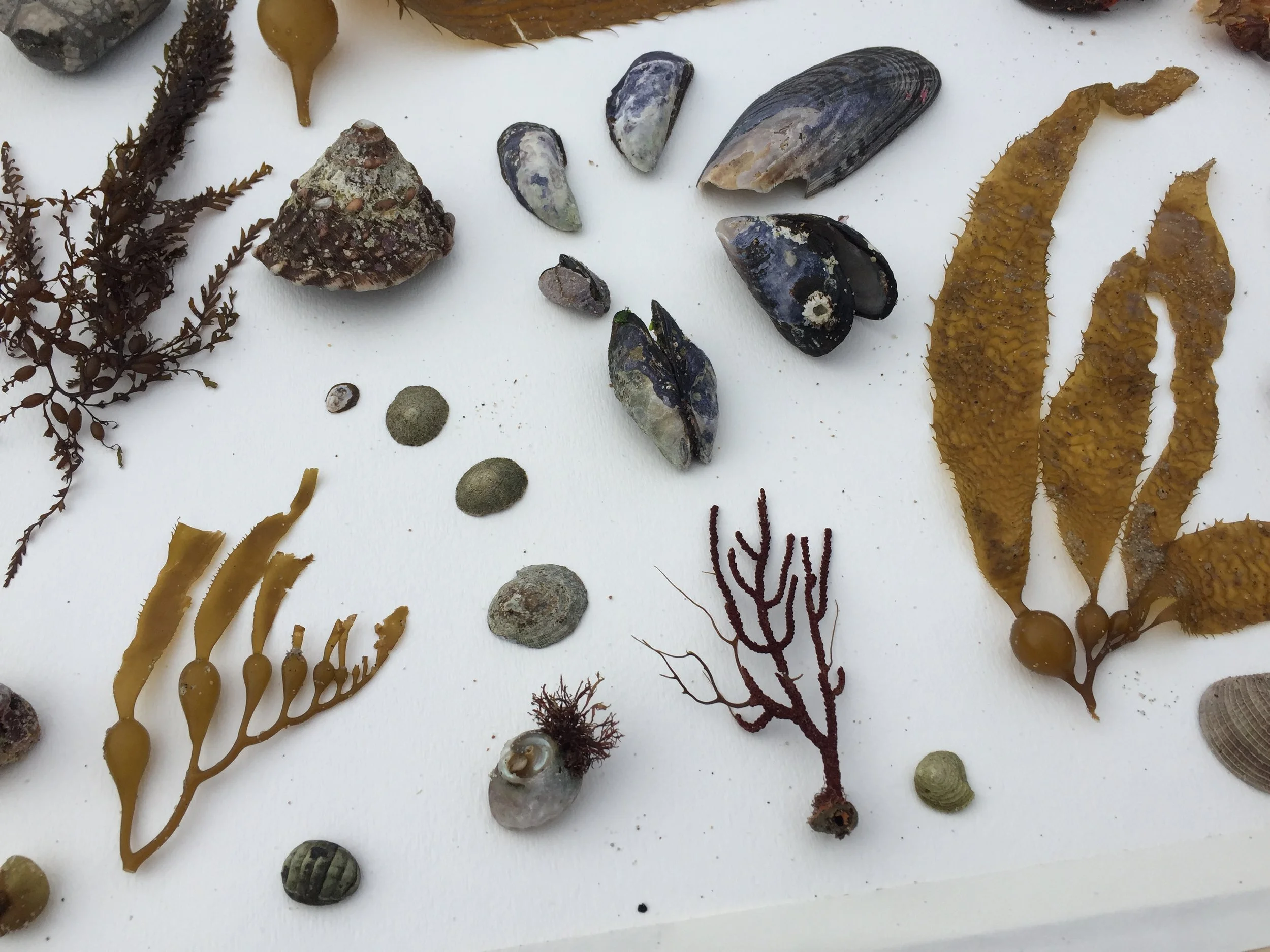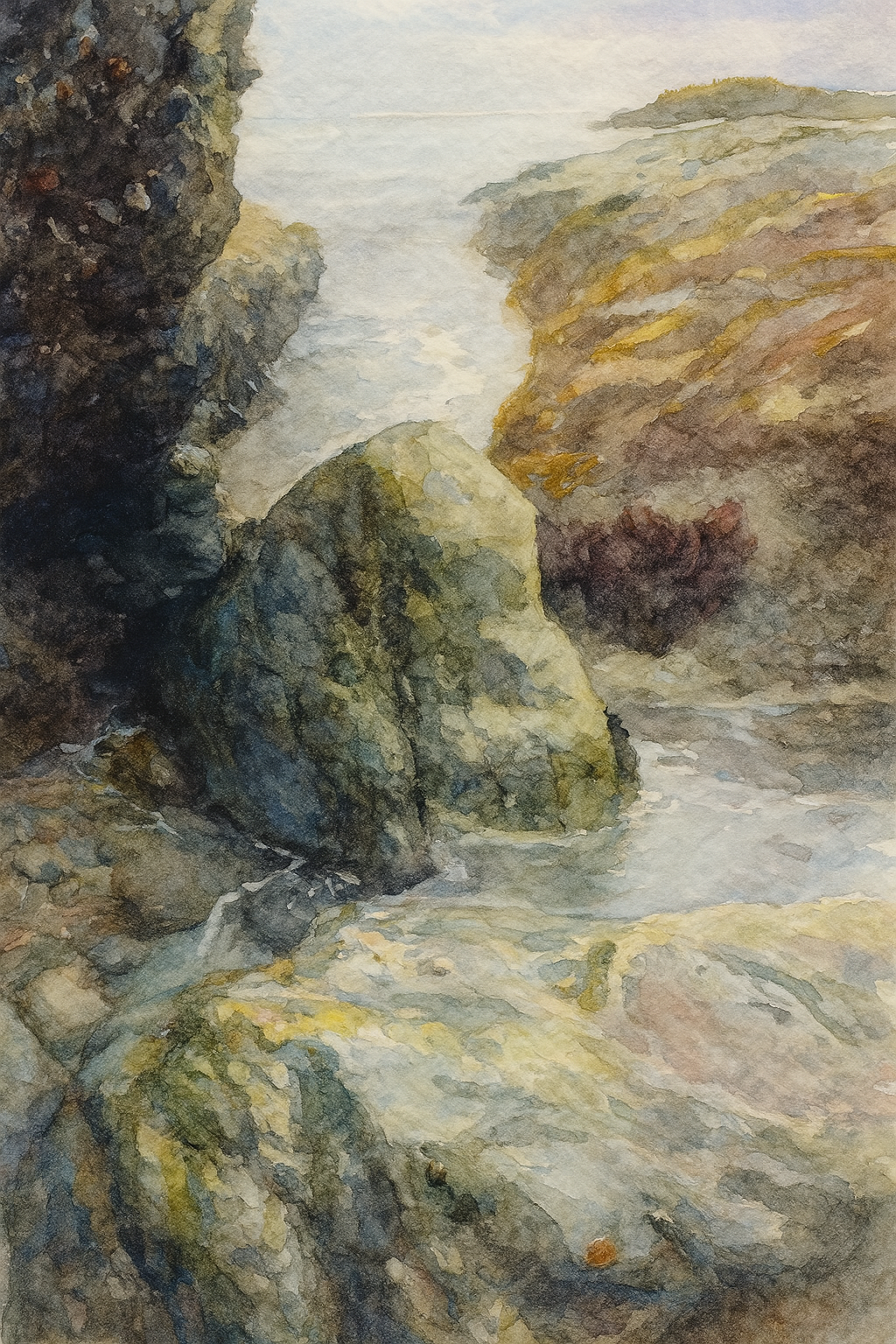
Nature Study Lessons
Nature Study
Nature study is a practice you will find in the Charlotte Mason educational philosophy, as well as in the Waldorf pedagogy. While both educational philosophies value the study of nature, each philosophy approaches it uniquely. While according to the Waldorf pedagogy, children will spend much time outdoors exploring and playing, nature stories are a big part of the curriculum in the early years. According to the Charlotte Mason philosophy, nature study is not a formal science class, but rather a habit to engage in regularly. Spending time outdoors to observe, explore, and form a relationship with the natural world is something that is so valued, it should be practiced daily. And not just daily but for hours and hours. Nature study helps children develop a sense of wonder, observation, skills, and most importantly, a deep love for creation, steeped in awe and reverence before any formal of scientific concepts occur.
According to the Charlotte Mason philosophy, the key principles of nature study is the frequency of time spent outdoors. Not only should this be daily, even in “inclement weather”, but should be done for several hours a day. While outdoors, in all weather and all seasons, children and adults should be observing plants, animals, weather, and landscapes firsthand.
Reading about nature through books is not advised at this stage. Instead, nature journaling is recommended. Each child can keep a nature notebook where they record their observations and drawings with dates and brief notes if they are capable of writing. If children are keeping a nature journal before they’re able to write, they may draw their illustrations And do a sentence of copy work to accompany that illustration or they can simply do an illustration.
It’s important to experience the outdoors in all weather and all seasons. Seasonal awareness emerges when a child experiences the seasons firsthand. By following the rhythms of the year, noticing the first buds of spring, the migrating birds, the changing colors of autumn and the tracks in winter snow (if you live in a place that snows), allows children to make a deep connection with the world.
Charlotte Mason saw Nature study as a preparation for formal science and later years. This is truly the best kind of education, one that is experienced firsthand.
Children are curious by nature. They have a natural sense of awe and reverence and wonder. Being in nature allows children to develop a sense of awe and gratitude naturally. We may forget what it’s like to experience nature for the first time. But if we can recall, we will remember that a natural excitement permeated our experience.
Nature study looks different for each family and location. In some cases, nature study looks like walks in meadows, woods or long streams, observing one specific thing with each outing: for example, a wildflower, a bird call or type of cloud. Sketching and painting, plants or animals in a notebook and labeling them with their common and sometimes scientific names is a great activity for older students. I find that in most Homeschool environments, mixed ages and grades of students is common. Providing a more scientific approach to nature journaling, will serve the older students in middle school while still providing them the necessary time outdoors, which serves all students.
Reading living books about Nature: stories and essays by naturalists or works by environmentalists are a great option for older students. Reading lively picture books are great for younger students.
Nature Study Lessons
-
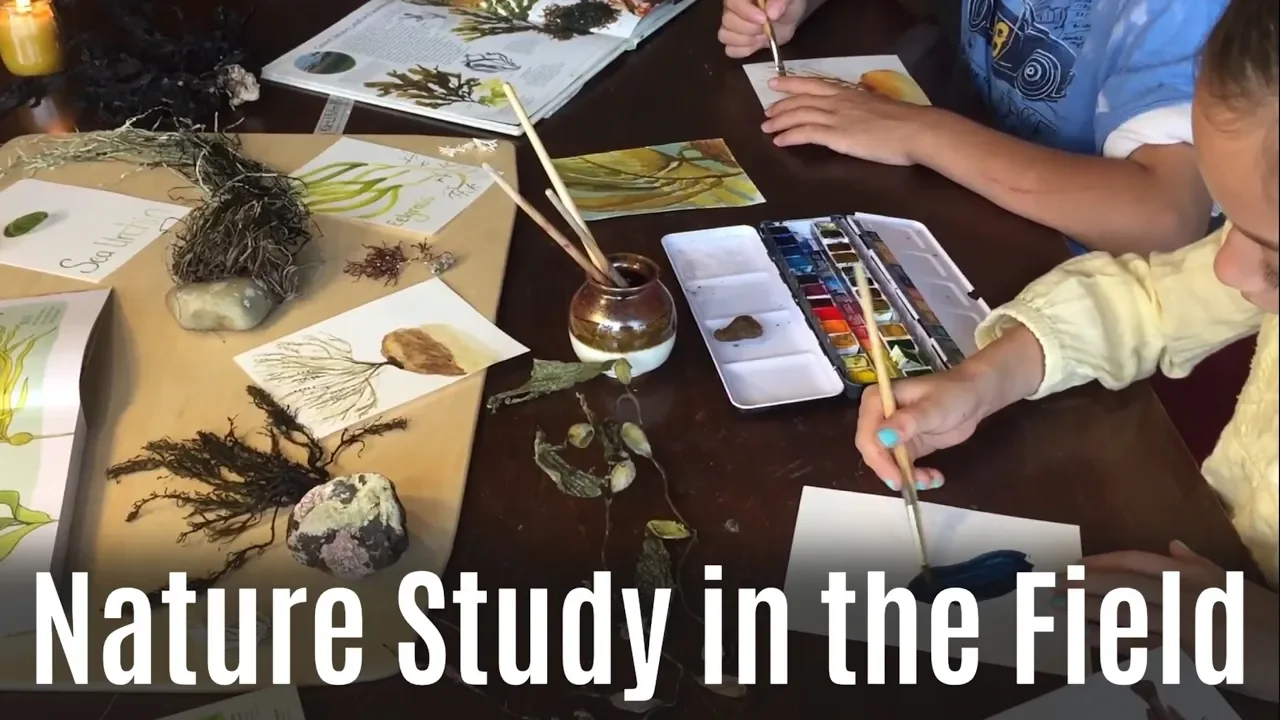
Charlotte Mason Nature Study
Did you know that you can do nature study in the city? You don’t need beaches, mountains or valleys to partake in nature study. In fact, when you have to search and appreciate the smallest amount of nature pushing through in a crack on a sidewalk or the relentless caw of a crow, you find that nature is a force to be reckoned with and revered. If you choose to do your nature study at the beach, forest, canyon or mountains, or anywhere else, here are a few ideas on how you can enhance the experience.
-
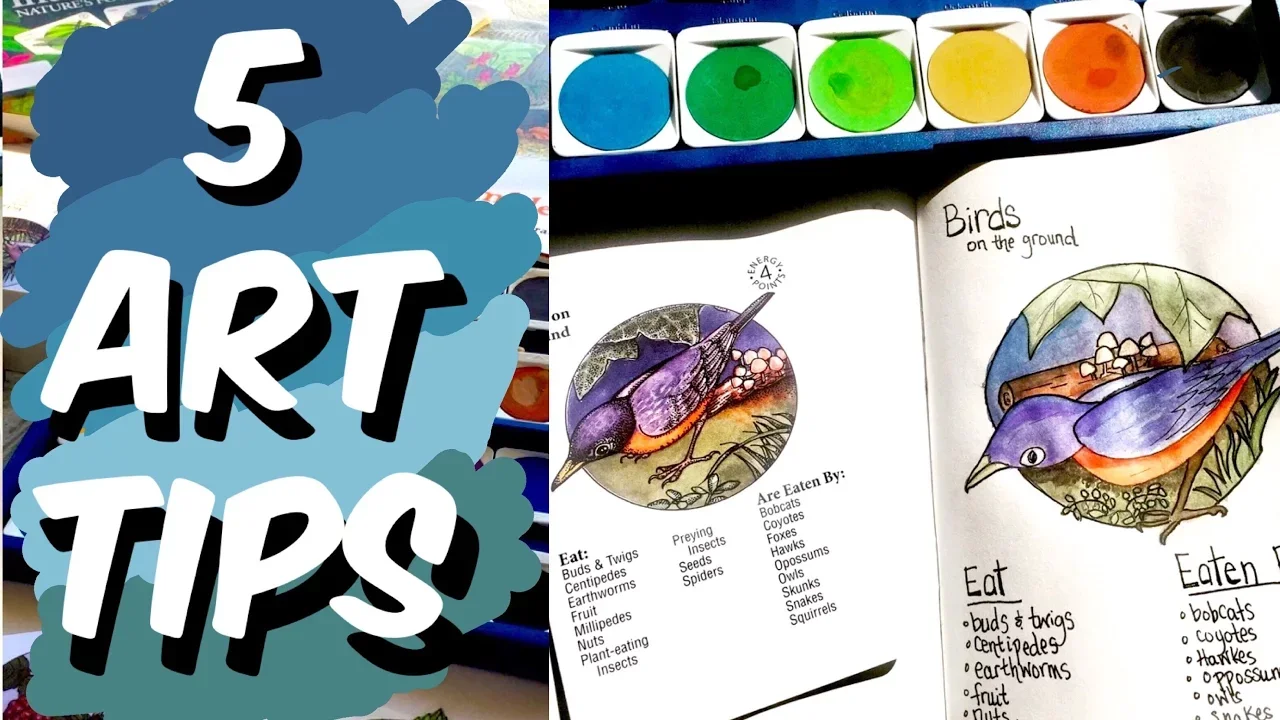
Art & Science
Everyone has an inner artist we can all nurture. I wanted to share the tips that might help you enjoy the art process and help you be more satisfied with your artwork. These tips are pretty simple and maybe you already do some of them, but for me it was a learning process of discovery.
-

Our Homeschool Day
Here's a little snippet of our homeschool day. We are working through our Live-Education Waldorf inspired curriculum for our Botany Main Lesson block and took a little detour.
-
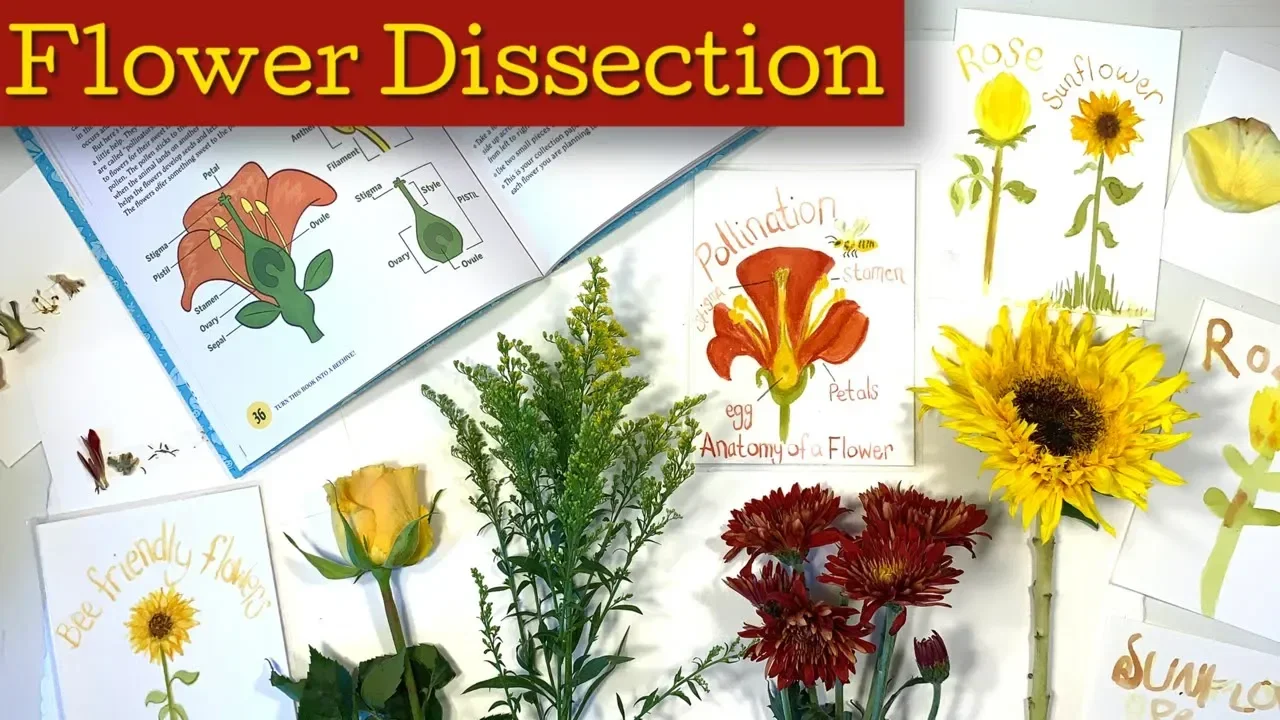
Flower Dissection
There is a deep education in being able to be present with your surroundings and having wonder and curiosity in what you see without having to understand it on an analytical basis. And that’s why I had mixed feelings about this lesson. Flower dissection is reserved for older students, but is included here as often our lessons include mixed grades.
-
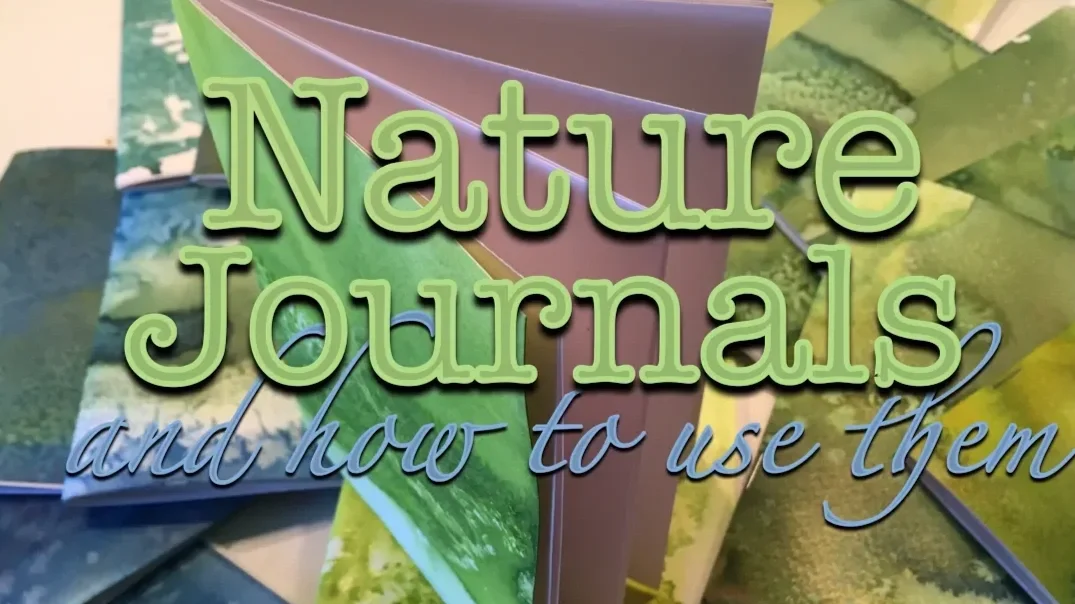
How To Use A Nature Journal | Nature Unit
I should know better than to expect sit down work from my boys when we are out in un-landscaped wild nature! They would rather explore, hike, forage, and make fire than sit and draw.
-

Charlotte Mason Nature Study
Have you ever heard of a Micro Hike? I hadn't until I picked up the book by Joseph Bharat Cornell called Sharing Nature With Kids.
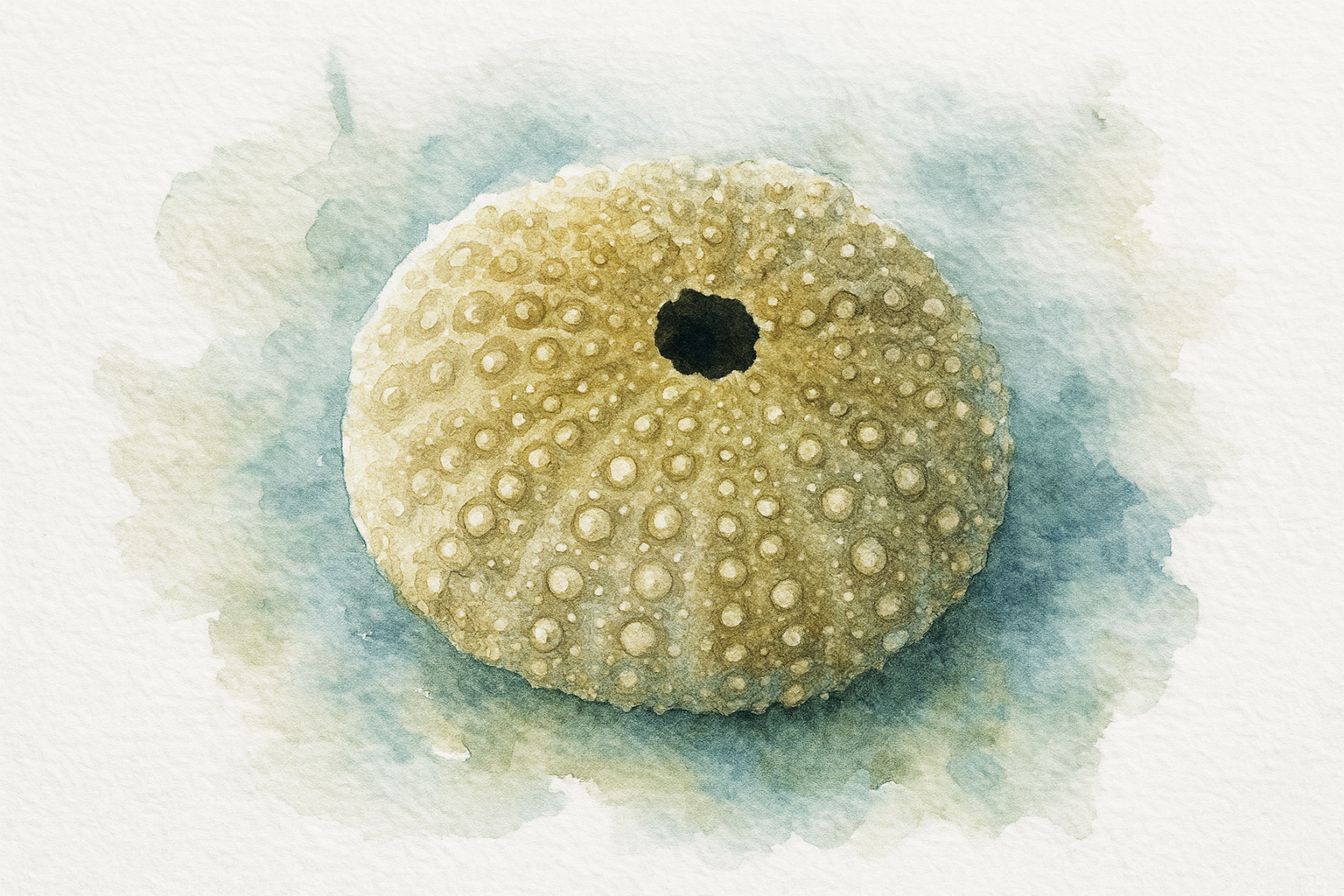
The Lessons
Charlotte Mason Nature Study
Did you know that you can do nature study in the city? You don’t need beaches, mountains or valleys to partake in nature study. In fact, when you have to search and appreciate the smallest amount of nature pushing through in a crack on a sidewalk or the relentless caw of a crow, you find that nature is a force to be reckoned with and revered. If you choose to do your nature study at the beach, forest, canyon or mountains, or anywhere else, here are a few ideas on how you can enhance the experience.
How to do Nature Study: Firstly, keep in mind that once you’re in nature, you may not want to do anything academic or educational. That’s okay. If you know that of yourself or your children, here’s how you can prepare ahead of time.
First, research the area you’re going to visit so you can familiarize yourself with what you might find. Next, pick one animal or plant or geologic feature or weather phenomenon you are interested in learning about that you expect or hope to find or experience while in nature. I recommend doing this before you visit your destination, but if you don’t, don’t worry, it will work just as well after. Visiting a place with a bit of background knowledge means you can identify those things in your environment. But, that’s actually not the purpose of nature study. It’s not to name everything you see. In fact, once you name the thing, it often tanks the curiosity of the child. Instead, explore alongside your students and marvel at what you find. Once you’ve observed the leaves, shells, plants and more, you can draw your students’ attention to details they might have missed. You can also encourage thought and deeper observations by asking questions like do these leaves look the same? Is this green the same? Are the ridges of these shells going in the same direction. Is there an animal living inside that shell? Or Nut? What’s under the sand? What’s under the top layer of leaves and soil? How many grains of sand are stuck to your finger tip?
These questions don’t aim for solid answers as much as they excite the imagination and spark the curiosity and interest.
After thorough observations have been conducted, you might share some insight about the items you found. You may need to research more and you can do that once you get home. If you have the opportunity, you can do some nature journaling and recording within the environment. If it doesn’t happen in nature, you can always bring this part of nature study home. I’ve noticed that my boys were less interested in doing academics in the field as they preferred to explore, discover, climb, dig and run around. My daughter is a bit more willing to journal in the field. Either way, I encourage you to do what suits you and your students.
Going to the same environment over and over again allows you to enjoy the subtle changes. Be it in the tides, the weather, the presence of certain flora and fauna, or things you missed the first time you were there. I found that to be the case each time we visited our little stretch of beach. Each time there were things we’d seen before, but each time there were new things to discover and at the very least, the tide, beach and weather were different. Experiencing those changes is also nature study.
Once your nature study is over, you can continue it at home in the form of narration and art. Artistic representations of what you learned is a powerful educational tool. Simple watercolors or color pencils will do. A few sentences about your experience or about the specimen you learned about rounds out the lesson.
Let me know how you do nature study, I’d love to know. Here are some videos that might encourage you in your nature study.
If you want to learn more about the Charlotte Mason educational philosophy, I highly recommend you check out her six volume original books. You’ll be able to find out more about nature study and her overall view on parenting and homeschool education.
Here are a few of the resources that I use or refer to when putting together a nature unit:
Nature Anatomy by Julia Rothman, Animalium by Jenny Broom, Botanicum by Kathy Willis, The ABCs of Nature by Reader’s Digest by Richard Scheffel, The Practical Naturalist by DK Books, The Curious Nature Guide by Clare Walker Leslie as well as various DK Eyewitness subject books.
February 2019
Art and Science
Although I'm not an artist, I still enjoy drawing, painting and other art expressions. But everyone has an inner artist we can all nurture. I wanted to share the tips that might help you enjoy the art process and help you be more satisfied with your artwork. These tips are pretty simple and maybe you already do some of them, but for me it was a learning process of discovery. But now that I know them, it's so much easier to draw, and I'm happier with the results.
April 2017
Our Homeschool Lesson
Here's a little snippet of our homeschool day. We are working through our Live-Education Waldorf inspired curriculum for our Botany Main Lesson block and took a little detour. We were inspired by the lesson on algae and seaweed and decided to do a little unit on ocean plant and animal life. We liked it so much, it's becoming its own main lesson block for the late summer, just as we are starting our new school year.
We pulled a variety of resources which you can see on the table. We have books, games and hands-on activities. We completed our main lesson book entry to the day, then turned to other lesson enhancements like Professor Noggins Seashore game and a GeoCentral excavation kit.
April 2017
Flower Dissection
I had mixed feelings about the flower dissection we did for our Bee Unit Study. While I think this is a fabulous project for an older student (middle school and older), I had reservations about doing this project with my 8-year-old daughter. I wasn't keen on us taking beautiful flowers and destroying them to examine the insides and to identify the parts. But we did it despite my feelings, and it turned out okay! It's my opinion that when the children are young, we should marvel at what we see and behold its beauty rather than take it apart. There is a deep education in being able to be present with your surroundings and having wonder and curiosity in what you see without having to understand it on an analytical basis. I would rather save that analytical and logical and scientific approach for when the students are older. This activity was from the book Turn This Book Into A Beehive by Lynne Brunelle.
October 2019
How To Use A Nature Journal
I should know better than to expect sit down work from my boys when we are out in un-landscaped wild nature! They would rather explore, hike, forage, and make fire than sit and draw. That's ok! The girls in the group did an amazing job identifying, drawing and writing about the plants we found. The boys...well they needed a little encouragement. We did spend several days at a local park with several families doing a variety of nature inspired activities. Overall the kids learned a lot and enjoyed the opportunity to stretch their legs.
Want to see other videos in our nature unit series?
Want to see how we made our nature journals?
Spring 2016
Charlotte Mason Nature Study
Have you ever heard of a Micro Hike? I hadn't until I picked up the book by Joseph Bharat Cornell called Sharing Nature With Kids. Though I couldn't locate the original book on Amazon, I did find the sequel.
This activity was placed within our nature unit. The activity is as follows: Student crawl for a distance of 5 feet, observing everything at the ground level. We had some challenges, but overall I think this is a great activity to share nature with kids.
Level: Beginner
Duration: 10 minutes
Cost: free

